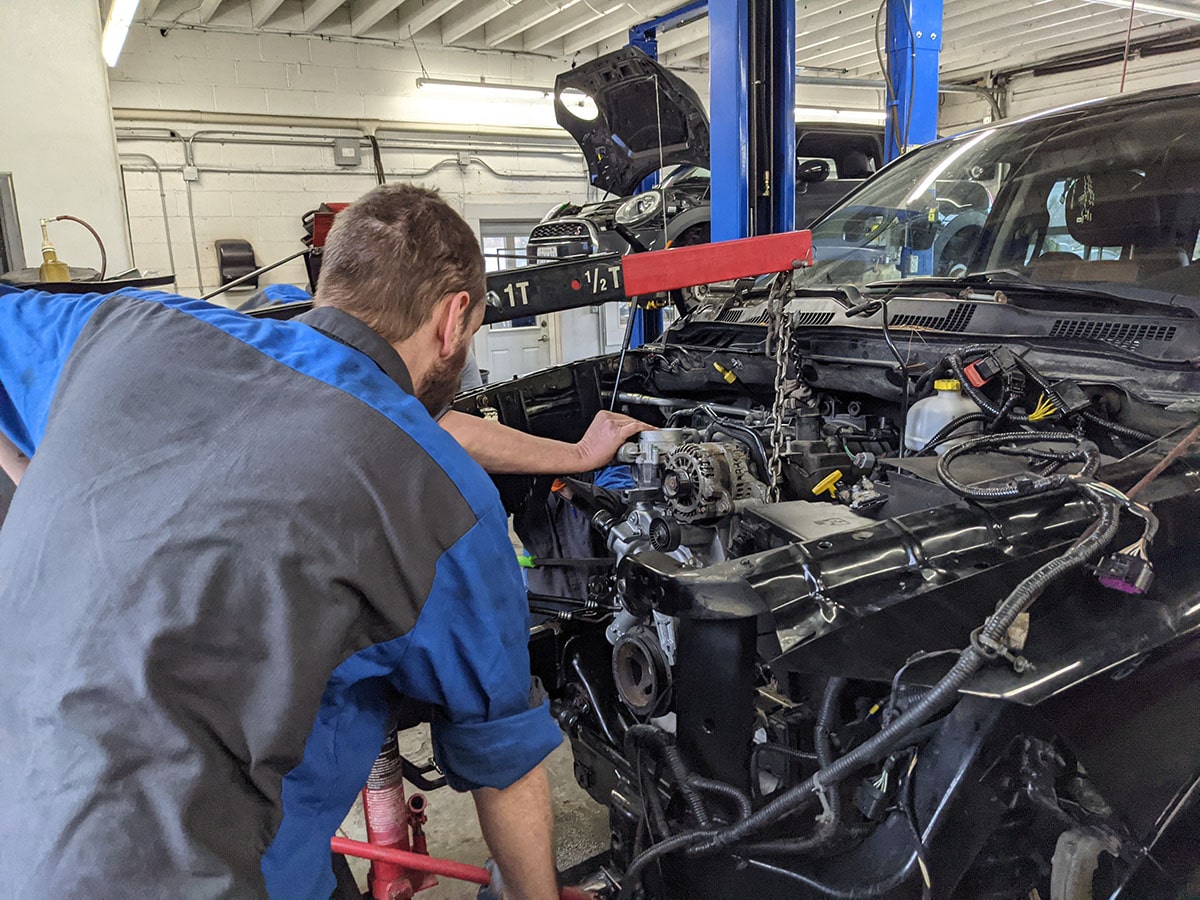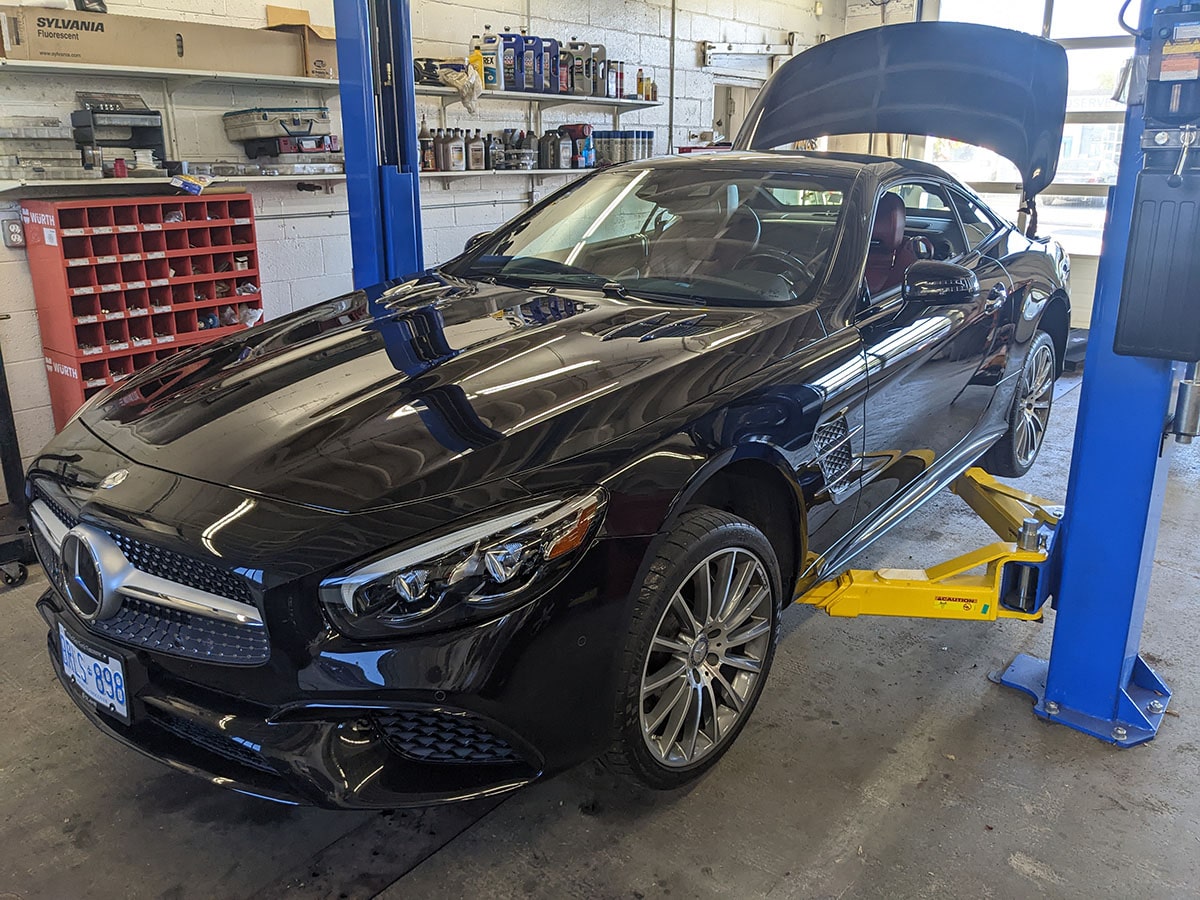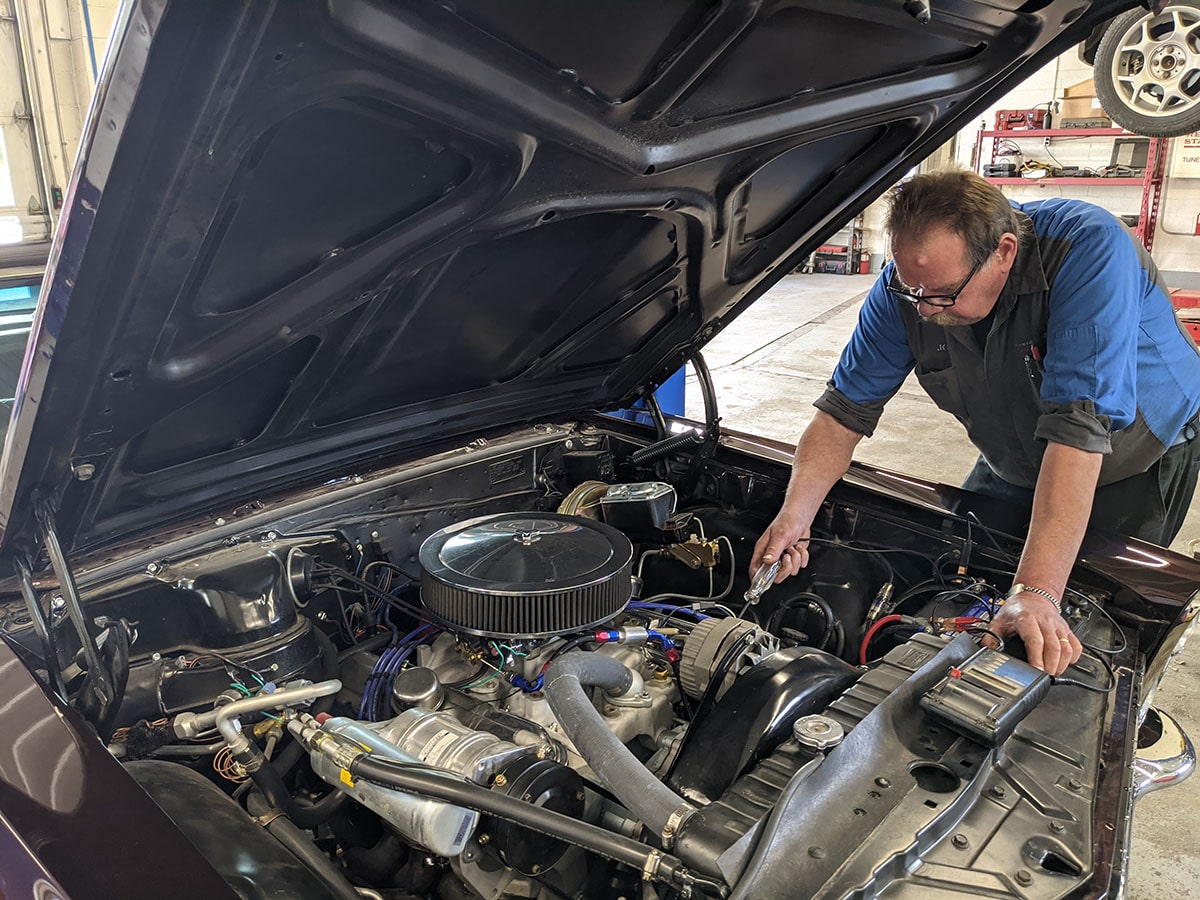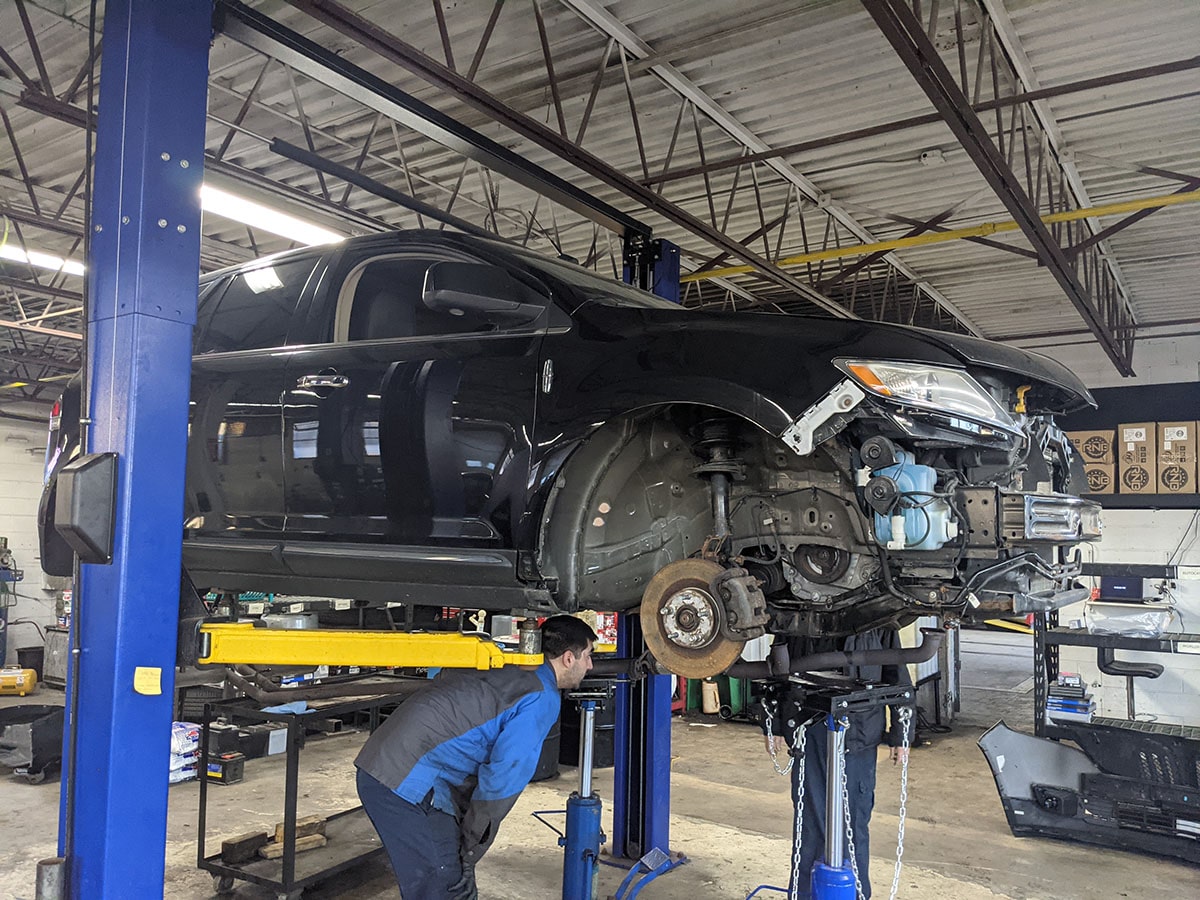
Auto Repair and Maintenance
Keep your vehicle in top condition with our complete auto repair and maintenance services. We handle everything from routine oil changes to complex engine repairs.
- Oil Changes
- Brake Services
- Engine Repair
- Transmission Services
- Tire Services
- Scheduled Maintenance
Hybrid and Electric Vehicle (EV) Services
Our technicians are trained to service the latest hybrid and electric vehicles. Trust us to keep your car performing at its best!
- Hybrid Vehicle Maintenance
- EV Battery Services
- Electric Motor Repair
- Charging System Diagnostics


European and Exotic Car Services
We specialize in servicing high-end European and exotic vehicles. Our team has the expertise and equipment to handle the unique needs of luxury cars, including:
- BMW
- Mercedes-Benz
- Audi
- Porsche
- Jaguar
- Land Rover
- Ferrari
- Lamborghini
Preventative Maintenance
Preventative maintenance is key to extending the life of your vehicle! Our services are designed to catch issues early — and keep your car running efficiently.
- Fluid Checks and Changes
- Filter Replacements
- Belt and Hose Inspections
- Battery Testing and Replacement


Specialty Services
We offer a range of specialty services to meet all your automotive needs. From performance upgrades to custom diagnostics, we have you covered.
- Performance Tuning
- Custom Diagnostics
- Suspension and Steering Services
- Exhaust System Repair

